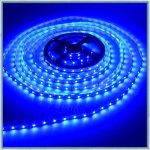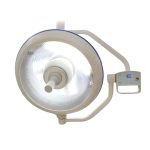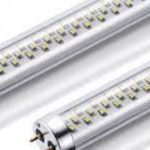Decoding the Purple LED Light: What Does It Mean?

Purple LED lights are a common sight in today’s world, used for various purposes ranging from decoration to signaling. However, not many people know about the meaning behind the purple LED light. The purple color is often associated with royalty, luxury, and spirituality, but what does it signify when used in LED lights? Decoding the purple LED light can help us understand the message it conveys and its significance in different scenarios. The color purple has been known to have a deep-rooted history in various cultures and traditions. It is often associated with nobility, power, and wealth, and has been used in royal and religious ceremonies for centuries. In modern times, the color purple has also been linked to creativity, imagination, and innovation, making it a popular choice for LED lights in entertainment and art. However, the purple LED light is not just limited to aesthetics, as its meaning can vary depending on the context in which it is used. In this article, we will explore the different meanings and interpretations of the purple LED light and its significance in various fields.
LED, or Light Emitting Diode, lights have revolutionized the lighting industry since their inception. These energy-efficient lights are small in size but they pack a powerful punch. They operate by using a semiconductor to convert electrical current into light energy. LED lights come in a variety of colors, including purple. Purple LED lights have become popular for a range of uses, from decorative lighting to promoting plant growth. They are also used in medical and scientific fields, as the wavelength of purple light is believed to have therapeutic effects on the body. Overall, LED lights offer a versatile and eco-friendly lighting solution that can be used in a multitude of settings.
LED lights come in a range of colors, each with their own unique meaning. Red LED lights often symbolize power or urgency, while green LED lights are commonly used to indicate safety or approval. Blue LED lights are frequently used to signify tranquility or calmness, while yellow LED lights are associated with caution or warning. White LED lights are often used in practical applications, such as lighting up a room or illuminating a workspace. However, purple LED lights are less common and can be more difficult to decode. While purple LED lights can signify a range of meanings depending on the context, they are often used to indicate a sense of luxury, creativity, or spirituality. Whether used in decorative lighting or practical settings, understanding the meaning behind the colors of LED lights can help to convey important messages and establish a particular mood or atmosphere.
The Science Behind Purple LED Lights
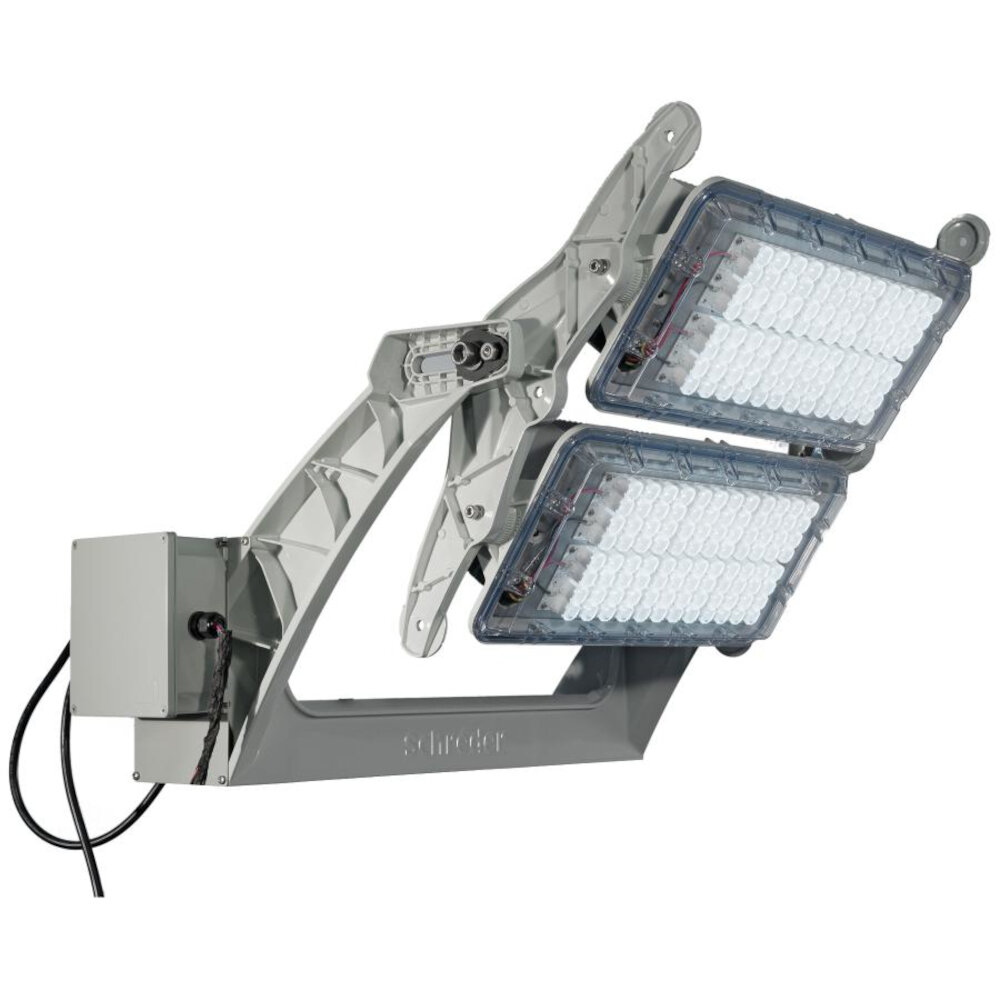
Purple LED lights have become increasingly popular in recent years, with their unique hue and intriguing properties capturing the attention of many people. But what exactly is the science behind these lights, and what makes them so special? The answer lies in the way that purple light is produced and perceived by the human eye. Purple LED lights are created by combining red and blue light wavelengths, which are at opposite ends of the visible light spectrum. When these two colors are combined, they create a unique shade of purple that is not found anywhere else in the spectrum. This is because purple light has a shorter wavelength than both red and blue light, which gives it its distinctive color. Additionally, purple light is known for its ability to stimulate the mind and promote creativity, making it a popular choice in a variety of settings, from art studios to meditation rooms. But the benefits of purple LED lights don’t stop there. Studies have shown that exposure to purple light can also have a range of health benefits, from reducing stress and anxiety to improving sleep quality and boosting the immune system. This is because purple light has a calming effect on the body and promotes the production of melatonin, a hormone that regulates sleep and wake cycles. Additionally, purple light has been shown to have anti-inflammatory properties, which can help to reduce pain and inflammation in the body. Overall, the science behind purple LED lights is complex and fascinating, and their unique properties make them an excellent addition to any space.
The electromagnetic spectrum refers to the range of all possible frequencies of electromagnetic radiation. This spectrum includes radio waves, microwaves, infrared radiation, visible light, ultraviolet radiation, X-rays, and gamma rays. Visible light is a part of the electromagnetic spectrum that humans can perceive with their eyes. It occupies a small portion of the spectrum, with wavelengths ranging from approximately 400 to 700 nanometers. The color of visible light corresponds to its wavelength, with shorter wavelengths appearing blue and longer wavelengths appearing red. The purple LED light, which has a wavelength of approximately 400 nanometers, is at the shortest end of the visible light spectrum and appears as a deep, rich shade of purple.
Purple is a unique color that holds a significant position on the color spectrum. It is a secondary color, which means that it is created by mixing two primary colors, blue and red. This hue is often associated with creativity, mystery, and spirituality. It is a color that has been used throughout history to represent royalty and power. The color purple is also known for its ability to evoke a wide range of emotions, from tranquility and calmness to excitement and passion. It is a color that is often used in art, fashion, and design, and it has become increasingly popular in recent years, thanks in part to the development of the purple LED light.
Purple LED lights are produced through a process called doping, wherein a small amount of a specific substance is added to the semiconductor material used in the LED. This substance, known as a dopant, releases energy in the form of light when an electric current flows through the LED. The specific dopant used in purple LEDs is indium gallium nitride (InGaN), which emits a deep violet color when charged. Purple LED lights have a shorter wavelength than other colors of LED lights, which gives them unique properties such as a brighter and more intense light, as well as a higher energy output. Additionally, purple LED lights have gained popularity in various industries such as entertainment and horticulture due to their ability to stimulate plant growth and create unique lighting effects.
Applications of Purple LED Lights
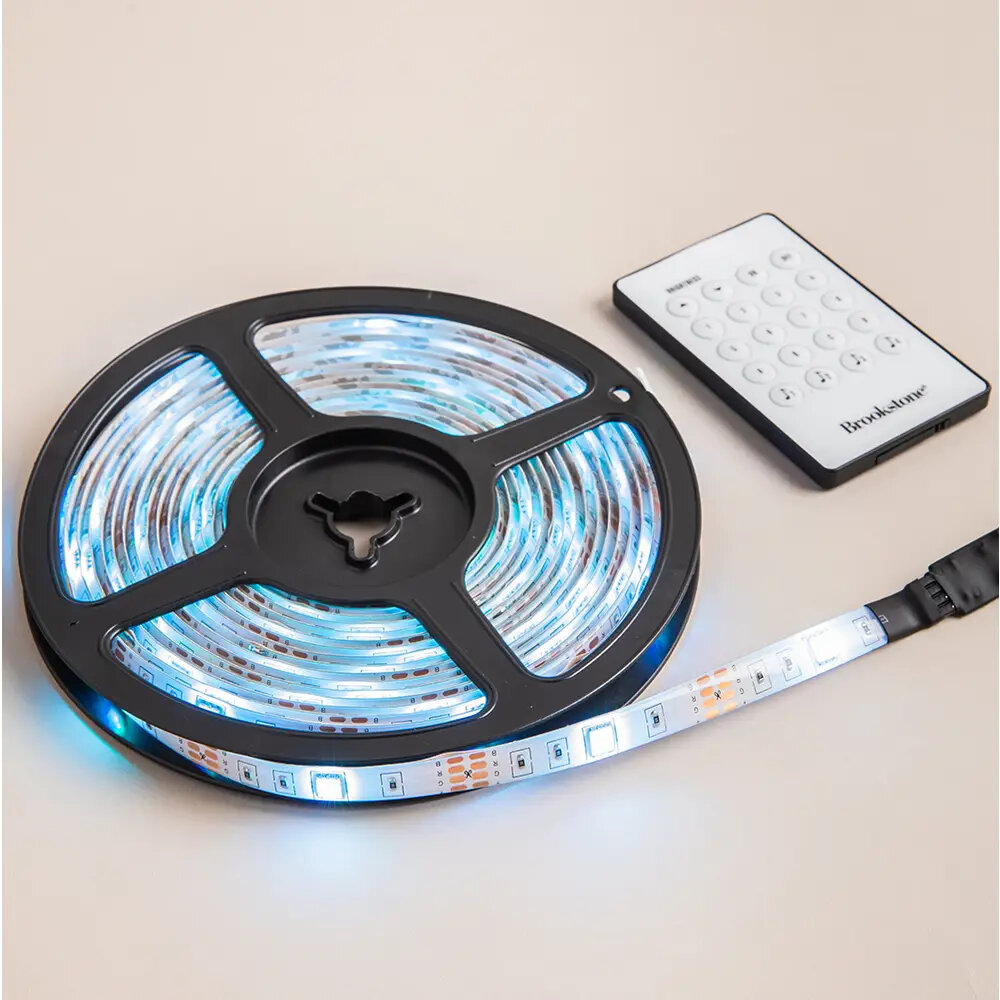
Purple LED lights have a range of practical applications that go beyond simple illumination. One of the most common uses for these lights is in horticulture. Purple LED lights are used to promote plant growth, particularly in the vegetative stage. This is because purple light has been found to encourage the production of chlorophyll, which is essential for photosynthesis. Additionally, purple LEDs can help regulate plant growth and development, leading to stronger, healthier plants. In fact, some studies have shown that using purple LED lights can increase plant yield and enhance the quality of crops. As a result, purple LED lights are increasingly being used in indoor farming operations and hydroponic systems. Another application of purple LED lights is in medical and therapeutic treatments. Purple light therapy, also known as photobiomodulation, has been shown to have a range of benefits for the human body. For example, purple LED lights can stimulate the production of collagen, which can improve skin health and reduce the appearance of wrinkles and fine lines. Additionally, purple light therapy has been used to treat conditions such as acne, rosacea, and psoriasis. Purple LED lights have also been shown to have pain-relieving properties, making them a useful tool for managing chronic pain. Overall, the therapeutic applications of purple LED lights are still being studied, but the results so far suggest that they have significant potential for improving human health and wellbeing.
Purple LED lights have become increasingly popular in various industries due to their unique properties and benefits. In the horticulture industry, purple LED lights are used to stimulate plant growth and boost yields. In the medical field, purple LED lights are used for treatment of skin conditions such as acne and psoriasis. Purple LED lights are also used in the entertainment industry for stage lighting and special effects. In the automotive industry, purple LED lights are used to enhance the aesthetics of cars and motorcycles. Additionally, purple LED lights are used in the aerospace industry for navigation and communication purposes. With its versatility and numerous applications, the purple LED light has become an essential component in various industries.
Purple LED lights have numerous applications in various industries. In the horticultural industry, purple LED lights are used for plant growth since they emit a specific wavelength that is highly beneficial for photosynthesis. In the medical industry, purple LED lights are utilized for phototherapy treatments for skin conditions like acne and eczema. Purple LED lights are also used in the entertainment industry, particularly in concerts and clubs, to create a vibrant and energetic atmosphere. Additionally, in the automotive industry, purple LED lights are used for decorative purposes, such as interior and exterior lighting. Overall, the versatility of purple LED lights makes it an essential component in many industries, highlighting the significance of this technology in our modern world.
Purple LED lights have become increasingly popular in recent years, adding a unique touch to many products. One example is in the world of beauty, where purple LED lights are used in light therapy masks to help improve skin complexion and reduce the appearance of acne. Purple LED lights are also used in aquarium lighting to mimic moonlight and provide a calming environment for fish. In the automotive industry, purple LED lights are commonly used as accent lighting inside cars and motorcycles. Additionally, purple LED lights are used in horticulture to stimulate plant growth and increase yields. With their versatility and striking color, it is no wonder that purple LED lights have become a popular choice for many different products.
Symbolism of Purple LED Lights
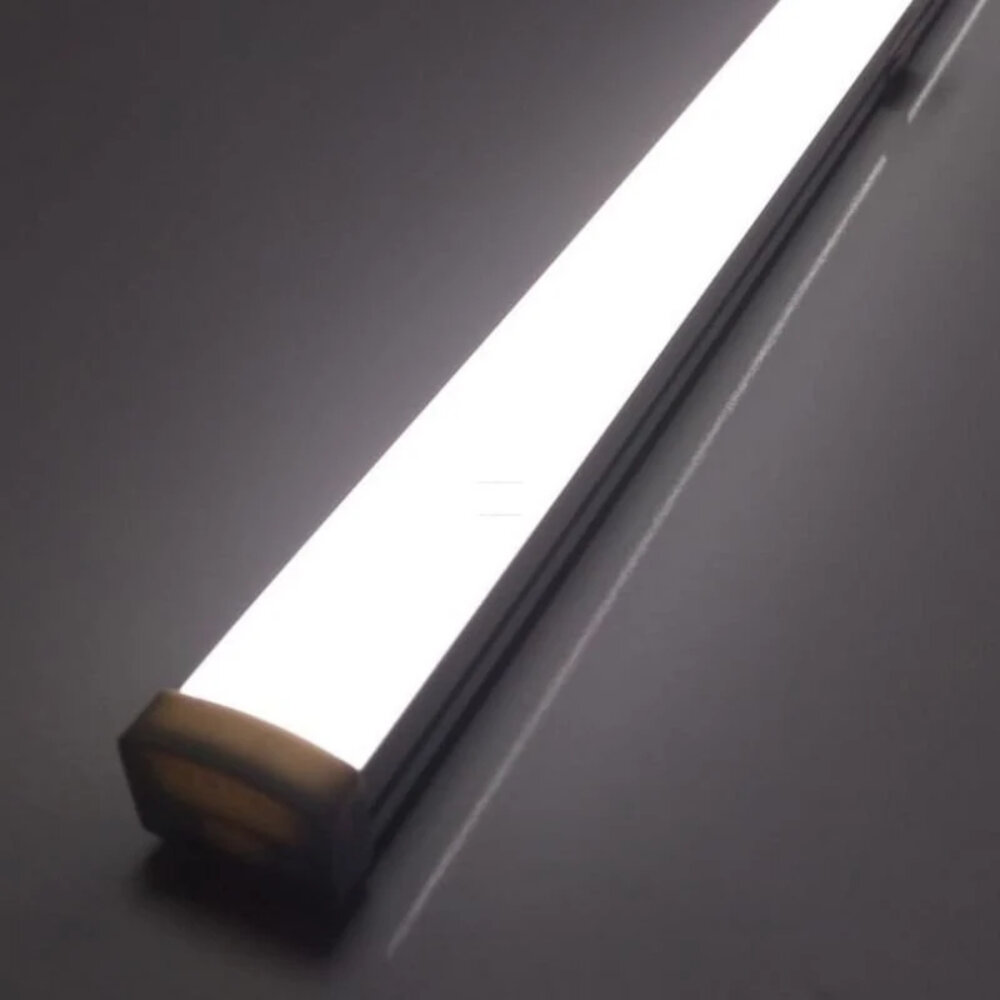
Purple LED lights have become an increasingly popular lighting option in recent years, particularly for decorative and ambient lighting purposes. While purple lights can be used for a variety of different applications, they are often associated with symbolism and meaning that goes beyond their aesthetic appeal. One of the most common associations with purple LED lights is spirituality and mysticism. In many spiritual and religious traditions, purple is considered to be a sacred color that represents wisdom, enlightenment, and higher consciousness. As such, purple LED lights are often used in meditation rooms, yoga studios, and other spiritual spaces to create a calming and peaceful atmosphere that is conducive to deep introspection and contemplation. Another common association with purple LED lights is creativity and inspiration. Purple is often seen as a color that stimulates the imagination and encourages creative thinking. As such, purple LED lights are frequently used in artistic and creative spaces such as art studios, music venues, and theaters. They can also be used in homes and offices to create an environment that inspires creativity and innovation. Additionally, purple LED lights are sometimes used to represent royalty, luxury, and extravagance. This association likely stems from the historical use of purple dye, which was once so rare and expensive that only royalty could afford it. As such, purple LED lights can be used as a way to add a touch of opulence and grandeur to any space.
The color purple has a rich cultural and psychological significance that spans across time and space. In Western cultures, it is often associated with royalty, luxury, and spirituality. In ancient Rome, purple was a symbol of power and wealth, and only the wealthiest citizens could afford clothing dyed with the precious pigment. In psychology, purple is associated with creativity, imagination, and intuition. It is believed to stimulate the brain’s right hemisphere, which is responsible for these functions. In Eastern cultures, purple is associated with spirituality and divine energy. In Hinduism, purple is associated with the sixth chakra, which represents intuition and spiritual insight. In Buddhism, purple is used to represent the highest state of consciousness, enlightenment. Thus, the color purple holds a deep cultural and psychological significance that goes beyond its aesthetic appeal.
Purple LED lights have gained popularity in recent years due to their unique symbolism. The color purple has been associated with royalty, luxury, and power throughout history. The use of purple LED lights in various settings, such as rooms, events, and even cars, represents a sense of sophistication and elegance. Additionally, the color purple is also linked to spirituality, creativity, and inspiration. As a result, purple LED lights have become a popular choice for meditation rooms, art studios, and other creative spaces. The deep, rich hue of purple LED lights creates a calming and serene atmosphere, making it a popular choice for relaxation and stress-relief. Overall, the use of purple LED lights reflects a sense of luxury, creativity, and spirituality, making it a versatile color choice for a variety of settings.
Purple LED lights have become increasingly popular in recent years, thanks to their unique aesthetic appeal and symbolic meaning. These lights can be used in a variety of settings, from home decor to commercial displays, to create a stunning and eye-catching effect. For example, in interior design, purple LED lights can be used to create a calming and soothing atmosphere, while also adding a touch of elegance and sophistication. They are also commonly used in nightclubs and entertainment venues, where they create a vibrant and energetic ambiance. Additionally, purple LED lights are often used for symbolic purposes, such as to represent creativity, spirituality, and individuality. Overall, the versatility and beauty of purple LED lights make them a popular choice for both aesthetic and symbolic purposes.
The article \Decoding the Purple LED Light: What Does It Mean?\ discussed the significance of purple LED lights in various scenarios. The color purple is often associated with royalty, luxury, and sophistication, making it a popular choice for high-end products and services. In the medical field, purple LED lights are used to treat acne and skin conditions, as well as to promote healing and relaxation. Purple also has spiritual connotations, and is often used in meditation and mindfulness practices. However, purple LED lights can also indicate a problem with electronic devices, such as when they blink or flash unexpectedly. Overall, purple LED lights have a range of meanings and uses, depending on the context in which they are being used.
In conclusion, the purple LED light has a significant and multifaceted meaning in various contexts. From its use in color therapy to represent spirituality and higher consciousness, to its application in horticulture to stimulate plant growth and boost yield, the purple LED light is a versatile tool with numerous benefits. It also has a unique role in the field of astronomy, where it helps to reduce light pollution and preserve the beauty of the night sky. Overall, the purple LED light represents innovation, progress, and creativity, and its potential to revolutionize various fields is immense. With continued research and development, we can unlock even more applications of this powerful tool in the future.
Further research and exploration of the topic of purple LED light and its meaning could focus on its impact on human health and well-being. Specifically, investigating the potential benefits of exposure to purple light on mental health, such as reducing symptoms of depression and anxiety, could be a promising avenue of research. Additionally, exploring the effects of purple light on physical health, such as its potential to improve immune function and reduce inflammation, could be another area of interest. Further investigation could also explore the potential use of purple light in various settings such as hospitals, schools, and workplaces to enhance wellness and productivity. Overall, there is much to be learned about the effects of purple light, and continued research could lead to exciting new discoveries and applications.
Conclusion
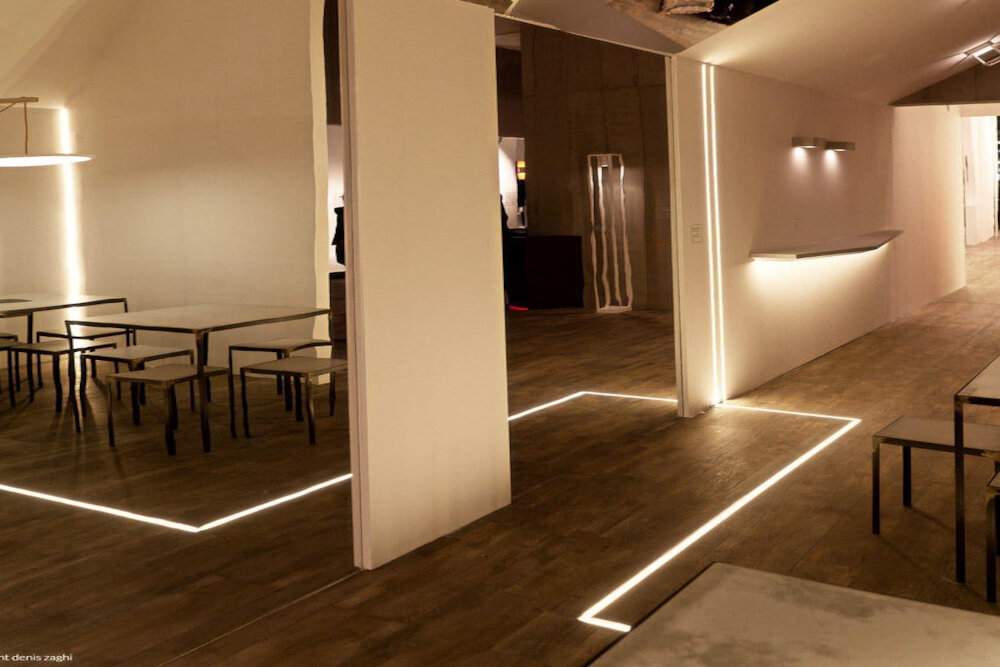
In conclusion, understanding the meaning behind the purple LED light is crucial in various settings. Whether it is used in medical devices, home appliances, or even in daily life, decoding the purple light can provide valuable insights into the device’s function and performance. From signaling the presence of harmful bacteria to indicating the charging status of a device, the purple light has a multitude of applications. Therefore, it is essential to pay close attention to the purple LED light and its context to fully comprehend its message.

